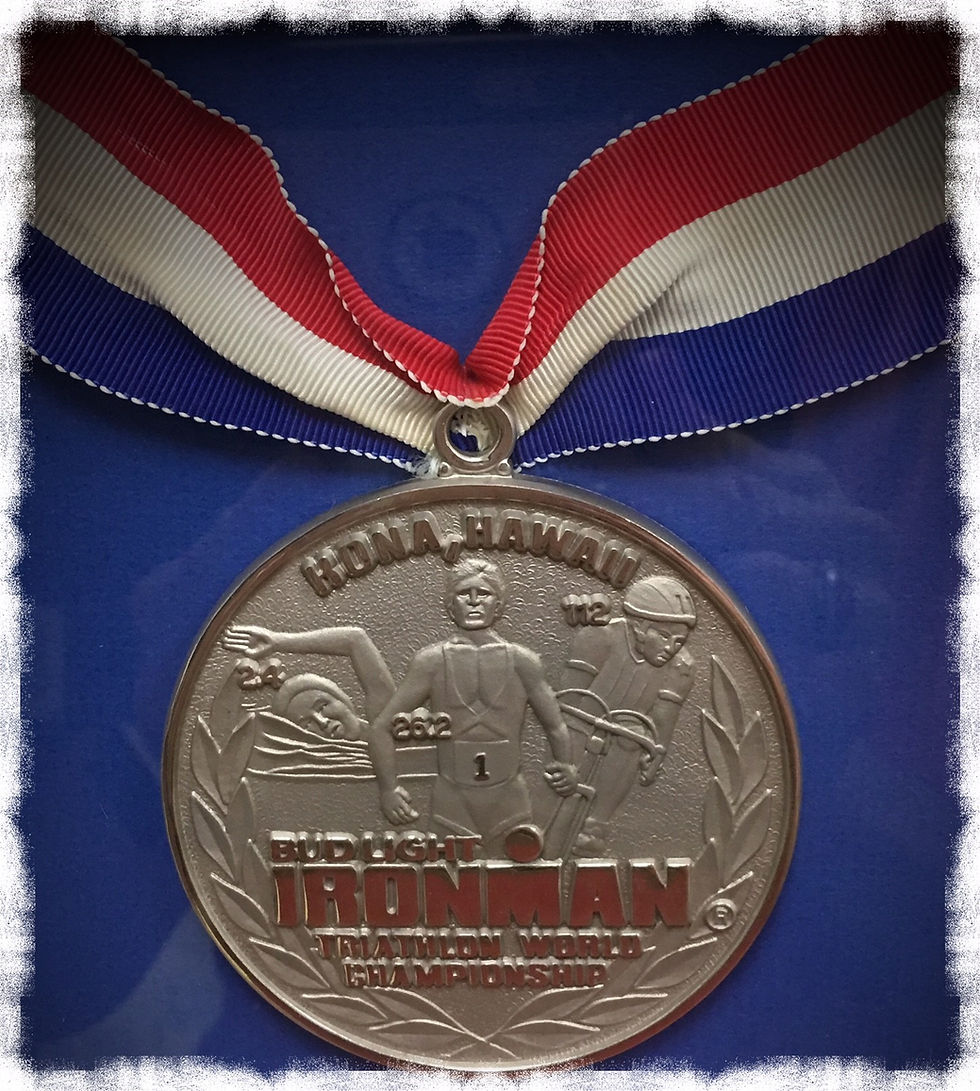Bike Safety and Handling with Rick Schultz©
- Richard L. Duquette
- Mar 16, 2017
- 3 min read
Updated: Jul 9, 2023
Rick Schultz is a USA Cycling (USAC) level 2 Coach and certified power based trainer, a bicycling safety and maintenance expert, a cycle fitter, a prolific product reviewer, and an engineer by trade. His daughter, Amy Schultz indirectly contributed to this podcast with her knowledge of Kinesiology (movement of body parts). Amy is pursuing her doctorate in physical therapy.
Our discussion in this podcast focuses on aspects of bicycle safety, bicycle handling, including biomechanics (inner movement of your bike and body), human factors (interphase of your bike and environmental factors), how to avoid an accident and equipment to reconstruct a crash. These principals apply to road, and mountain biking.
Fitting
Bike fitting refers to the contact points on the bicycle aligning to your body. The position of the pedals, the saddle, the handlebars, and the brake levers in proportion to your body are key. These touch points improve your efficiency and ability to apply power to the pedals.
Bike fitting begins with proper bike sizing. At the bike shop, pick out a bike frame that is size appropriate for you. After this, a professional can make all of the necessary adjustments so that your bike is the right fit for you.
How a Proper Fitting Bike Helps
Once you have a properly fitted bike, you can operate more safely and efficiently. You can operate more safely because a properly fitted bike allows for greater balance and control. You have greater balance because peddling on a properly fitted bike means less lateral movement (this also means less stress on your knees). You have greater control on a properly fitted bike because the handlebars and brakes are in the optimal position for control. All of this means that your energy is used more efficiently, which improves your endurance.
Equipment
Proper adjustment and maintenance of brakes is important. This includes proper tension on the lever, as well as proper adjustment of the brake pads. The level tension depends on the riding conditions. Loosen the levers for criterium riding, so you can ride with a finger on the pre-cocked lever. Note, that as brake pads wear down, so do rims. If a rim is worn down, you may not receive optimal braking contact even if you have new brake pads. So you need new rims from time to time. The rim has a tiny hole in it to help identify wear and cupping.
New tires can sometimes be slippery. To increase traction, it helps to lightly scuff them with sandpaper. If a tire has lost its bead and developed a flat spot, replace it.
Drive train: The chain is the first thing to go. Rick recommends a chain checking tool, which tells you how much wear your chain has on it. The second thing to go is the cassette. If you put a new chain on your cassette and it continues to slip, it's time for a new cassette.
Safety in Handling
In group riding, it's important to be in the drops, which prevents handlebars from getting hooked. It's also important to be mindful of your front wheel. Protect it when riding in a group. Finally, it's important to ride with people of a similar skill level. Importantly, know your ride route. Plan it to avoid traffic and risk of injury.
Watch out for debris. In a race or other controlled track, this shouldn't be a problem. But on the road, it could be. Dirt, mud, sand, gravel, pavement cracks, and water all pose significant risks that you could lose traction and control causing a crash. Be aware of and avoid these hazards whenever possible.
When riding around a corner, your inside pedal should be up. This prevents the pedal from scraping on the ground, and causing you to "high side".
Electronic Equipment
The top line bicycle computers today are known as GPS head units. One of the most common brands is a Garmin. They give tremendous detail about the ride. This is not only valuable for training data, but also for evidentiary purposes in the event that you are injured in a crash. This equipment can provide information about your ride time, distance, altitude, speed, cadence, and your road position at the time of the collision. All of these are important if you become injured in a crash.
When shopping for lights, get the one with the highest number of lumens. These are the brightest. Buy a light that is designed to help you see, not to be seen. These lights tend to be brighter.
Rick Schultz can be contacted at www.bikefitnesscoaching.com. He has written articles to assist bicyclists, like "Bike Fit 101" and "Stretching and Core Strength for the Cyclist". Rick also provides meaningful product review as well.







